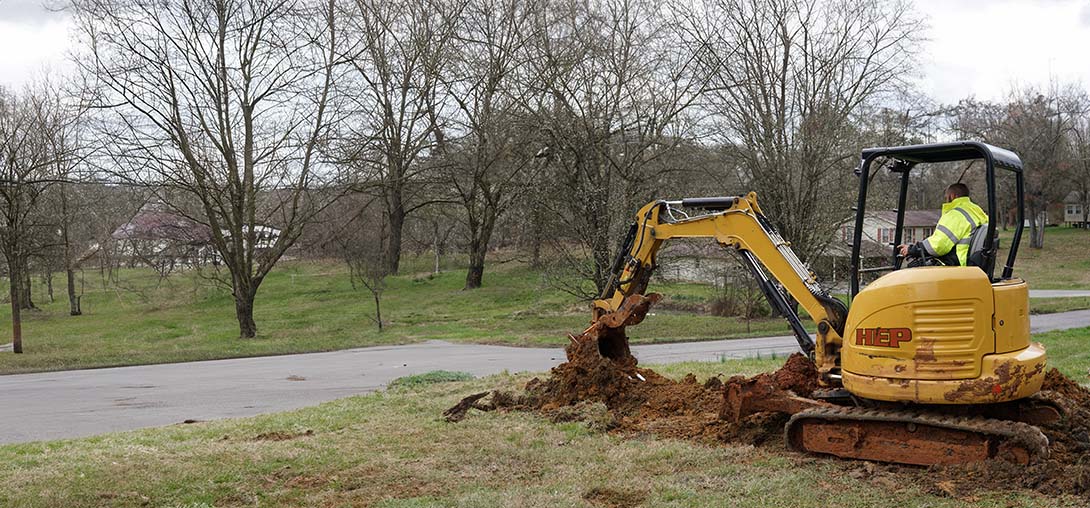- HEP
- Main Line Complications

 Main Line Complications
Main Line Complications
Main Line Complications | Main Line Issues | Plumbing | Blaine
When water backs up in your Blaine home, every moment feels urgent. HEP’s seasoned plumbers know that “I think it’s just a clog” can actually mask serious main line issues—root intrusions, bellied pipes, corrosion, or even decades-old materials that have finally given out. We arrive fast with camera inspection gear that lets you see the problem in real time, explain repair or replacement options in plain English, and offer transparent, up-front pricing. From trenchless pipe bursting that spares your landscaping to traditional excavation when it’s truly needed, our team matches the solution to the situation, never the other way around.
Homeowners across Anoka County trust us because we treat every property like it’s our own and back our workmanship with rock-solid guarantees. No scare tactics, no surprise add-ons—just honest expertise, 24/7 emergency response, and financing that won’t drain your budget. When main line issues threaten to shut down your day, call HEP and get your water—and your peace of mind—flowing freely again.
FAQs
What are the most common warning signs of a main line issue in my Blaine home?
Typical red-flags include sewage odors coming from drains, gurgling sounds or water backing up in multiple fixtures (for example the basement floor drain bubbles when you flush a toilet upstairs), chronically slow drains throughout the house, and water or waste pooling near the sewer clean-out or in the yard. Because these symptoms affect more than one fixture at the same time, they generally point to a problem in the main sewer line rather than an isolated branch line clog.
What usually causes main line complications in Blaine, and can our climate make things worse?
The leading causes are tree-root intrusion, pipe sagging or breakage due to soil shifting, grease and debris buildup, and corrosion in aging cast-iron or clay pipes. In Blaine’s freeze-thaw climate, the ground continually expands and contracts, which can crack joints or create low spots (bellies) where waste collects. Heavy spring rains can also saturate the soil and force groundwater into cracked lines, accelerating deterioration and backups.
If I suspect a main line blockage, what should I do before calling a plumber?
First, stop using all water in the house to prevent an overflow. Turn off any automatic appliances such as the washing machine or dishwasher. Locate your main clean-out cap—usually a 3–4 inch threaded plug near the lowest point of your home or just outside the foundation—and make sure it is accessible to the technician. Then call a licensed Blaine plumbing professional as soon as possible; attempting to snake or flush a main line without proper equipment can worsen the damage or push the clog farther down.
How does your team diagnose main sewer line problems?
We start with a high-power auger or hydro-jet to clear enough of the blockage to allow camera access. Then we insert a color video inspection camera through the clean-out to travel the full length of the pipe. The live feed lets us see roots, breaks, bellies, offsets, and material buildup, and we record the depth and exact location of each defect with a built-in transmitter. This non-invasive process pinpoints the issue so we can recommend the most cost-effective repair or replacement method.
Will my yard have to be excavated to fix the main line?
Not necessarily. For minor cracks, root intrusion, or scaling, we can often restore the pipe using trenchless techniques such as hydro-jetting, mechanical root cutting, and epoxy pipe lining, all of which require only one or two small access points. If the pipe is collapsed or severely offset, a traditional excavation may be unavoidable, but we still use targeted digging and shoring to minimize disruption to landscaping, driveways, and sidewalks. After completion, we backfill and compact the soil and can arrange for concrete or sod repair if needed.
What does main line repair or replacement typically cost in Blaine, and is it covered by insurance?
Pricing depends on pipe length, depth, material, and whether we can use trenchless technology. Camera inspection and basic jetting might start around $350–$500. Spot repairs average $1,000–$2,500, while full replacement can range from $4,000 for a short trenchless liner to $10,000+ for a deep, excavated install. Most homeowners insurance policies exclude normal wear, corrosion, or root damage, but they may cover sudden collapses caused by a covered peril. We provide detailed written estimates and, if applicable, will help you document the problem for insurance or city permit purposes.